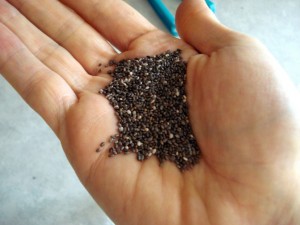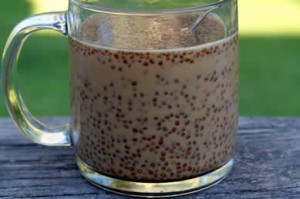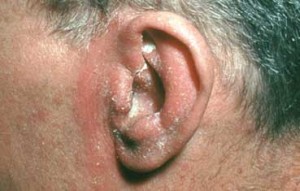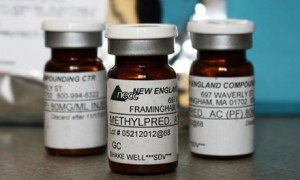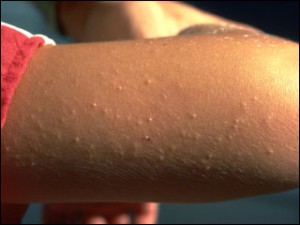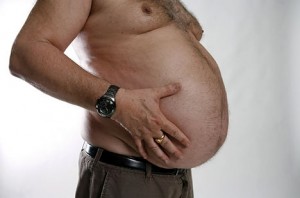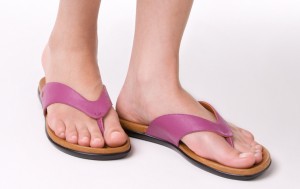I have been asked a ton lately about Chia seeds, and I have seen people snacking on them. When I first saw it, I thought “hmm, it looks like a little bird eating a snack” but I had no idea how nutritious that snack really was….and I didn’t know what it was either. Finally, I looked really dumb, but I asked some guy what the deal was with the “bird food” and his response was, “You don’t know about Chia?” and snarked off (which I completely deserved!) And now I feel like a chia expert….not just for being able to grow chia heads, but understanding the nutritional basis of the seeds, and why this is such a hot nutritional trend!
What are Chia Seeds?
Chia seeds are these little edible seeds that comes from the Salvia hispanica plant, which is a relative of mint. It was used as a staple of the Aztec and Mayan diets into the 16th Century, as it is easily grown in Mexico, and along with being pretty tasty, and easy to add to a multitude of foods, it is fully of fiber and fills you up quickly; the Aztecs used to eat some Chia and be filled up for 24 hours (that wouldn’t work for me, but it may just be mind over matter!). So, in short, Chia seeds are full of fiber, vitamins, Omega-3’s that can be added into your diet in a bunch of different ways. They are very low-calorie and they can be ingested wither whole or ground; either way your body can easily break them down and absorb the nutrients.
Why are they so good for me?
As stated before, they are chock full of fiber, which we know is food to keep you filled up longer, aids in digestion, and can help to decrease your risk of certain cancers (like colon). Approximately 25 grams of Chia has about 7 grams of fiber (that equivalent to a half cup of straight oat bran). They are full of Omega-3 Fatty Acids, which can help to prevent cardiovascular disease and help to regulate cholesterol by increasing your LDL (good cholesterol), help with decreasing inflammation, and help to regulate moods and prevent depression. As well as bring full of calcium, phosphorous, magnesium, manganese, copper, and iron, they also are full of antioxidants, which help in preventing cancer. These seeds are pretty power packed!
How do I eat them?
The great thing about Chia seeds is that they do not have to be ground to eat them, so you can add them whichever way you want to baked goods to add a nutty flavor packed with vitamins and fiber. In Mexico, it is common to add water to Chia seed with a little lemon or lime juice; as the seeds sit in water, they create a gel which thickens, and is how the seeds break down in the digestive system, but adds some thickness to beverages, and I imagine it would be like bubble tea. Also, that gel can be used in cooking/baking so that you can halve your butter or oil, and make most of your favorite meals with half the fat and calories! The gel is formed once the seeds are sitting in water for about 30 minutes- this idea both creeps me out and excites me; I’ve used it in baking, and my cookies still turned out delicious, just healthier! It can be sprinkled in yogurt, on top of ice cream, added to salads for some crunch. Really there are no limits to how you can add chia to your diet.
The coolest thing is that when chia is added to the diets of farm animals, their proteins are changed: chickens with a diet with chia added to it, have higher amounts of Omega 3’s in their meat, and cows that have chia added to their diet, produce milk with more naturally occurring Omega 3’s. And another really awesome thing about Chia, is that there really are no natural predators (other than humans looking for a tasty treat) so they truly are organic, in that no pesticides need to be used in the cultivation. Really? I see no downside to Chia…unless of course you are allergic.
So, give it a try, tell me what you think…and use the chia gel in the kitchen when cooking, your body will thank you and me!
Yours in Good Health
B

